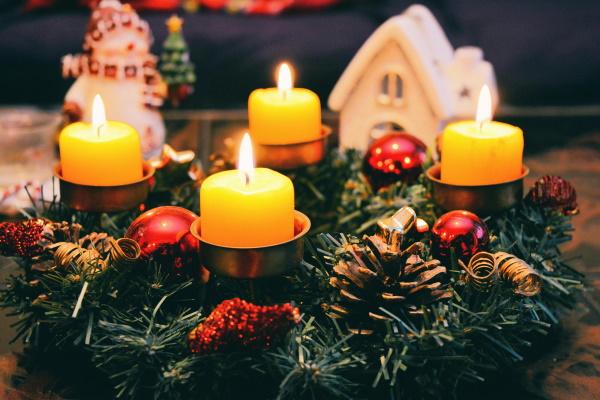The British Approach to 'Tasteful' vs 'Over the Top' Christmas Decorating
by: The Bauble.me Christmas Elves

Essential Elements of British Christmas Taste
- • Natural Materials: Holly, ivy, pinecones, and real greenery over synthetic alternatives
- • Muted Colour Palettes: Deep greens, rich reds, and elegant golds rather than bright neons
- • Quality Over Quantity: Fewer, well-chosen pieces rather than overwhelming displays
- • Traditional Themes: Classic Victorian-inspired designs and time-honoured motifs
- • Subtle Lighting: Warm white lights and candles over flashy multicoloured displays
The British Decorating Spectrum
Understated Elegance (The Gold Standard)
This is the British ideal - a single, well-dressed tree with thoughtfully chosen ornaments, a tasteful wreath on the door, and perhaps some garland on the mantelpiece. Think National Trust gift shop rather than Las Vegas. The key is restraint paired with quality materials and traditional colours.
Cheerful but Controlled (Perfectly Acceptable)
A bit more festive with matching decorations throughout the house, coordinated colour schemes, and perhaps some outdoor lighting. Still maintains the British preference for harmony and doesn't assault the senses. This might include themed rooms or a village display, but everything works together cohesively.
Enthusiastic Display (Raising Eyebrows)
Here we enter the territory of multiple trees, extensive outdoor light displays, and decorations in every room. While not necessarily "wrong," this level might prompt gentle teasing from neighbours and comments about "going a bit far." The British tolerance for enthusiasm has limits.
Full-On Spectacle (Decidedly "Over the Top")
Synchronized light displays, decorations visible from space, and themes that change weekly. This is when the British will definitively label it "a bit much" - though they'll admire the effort while secretly wondering about the electricity bill and what the neighbours think.
Achieving British Christmas Elegance
The Three-Colour Rule
Stick to three main colours maximum - typically red, green, and gold or silver. This creates cohesion and prevents visual chaos that the British eye finds unsettling.
Natural Integration
Decorations should complement your existing home rather than transform it entirely. Work with your furniture and architecture, not against it.
The Mantelpiece Test
If your mantelpiece looks like a Christmas shop exploded, you've gone too far. Aim for a curated display that enhances rather than overwhelms the fireplace.
Outdoor Restraint
A simple wreath, some understated lighting, and perhaps a garland around the door frame. Avoid anything that requires a generator or can be seen from the International Space Station.
The Heritage Touch
Include traditional British elements like holly, ivy, or Victorian-inspired ornaments. These instantly signal good taste and cultural awareness.
Quality Materials
Invest in fewer, better pieces rather than filling every surface. Real greenery, quality baubles, and proper candles rather than plastic alternatives.
Regional British Variations
London & South East
Tends towards minimalist elegance with designer touches. Think Scandinavian influence with British traditional elements.
Northern England
More tolerant of "festive" displays, but still values cosiness over spectacle. Warmth and comfort take precedence over stark elegance.
Scotland
Often incorporates Hogmanay traditions with a focus on lasting through to New Year. Tartan and thistle motifs are acceptable additions.
Wales
May include Welsh cultural elements like the Mari Lwyd tradition, but generally follows the British restraint principle.
Warning Signs You've Gone Too Far
- ⚠️ Your electricity bill has doubled and it's only December 1st
- ⚠️ Neighbours have started wearing sunglasses when passing your house
- ⚠️ You can't find a surface that isn't decorated
- ⚠️ The postman has mentioned your decorations more than once
- ⚠️ You're considering themed decorations for the bathroom
- ⚠️ People are taking photos of your house without permission